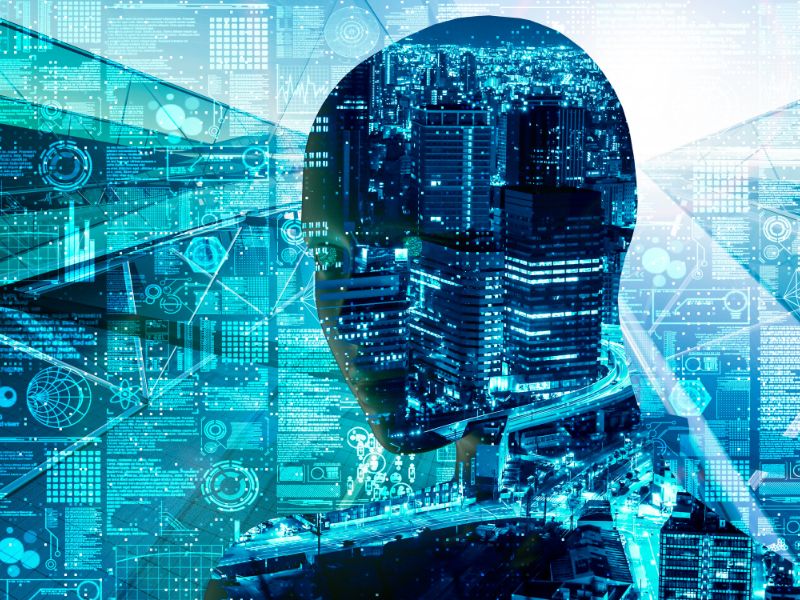
The Future of Work Isn’t One-Size-Fits-All
Imagine your business is a well-oiled machine — systems hum, data moves, tasks get done. But how those tasks get done is changing fast.
Some processes thrive with structure and predictability. Others? They need flexibility, autonomy, and real-time decision-making.
That’s where the difference between AI workflows and AI agents comes into focus. Both are powerful — but they solve different problems.
In this post, we break down the key differences, show where each shines, and help you decide what’s right for your business — whether you’re scaling operations in West Palm Beach or running lean in Miami.
What Are AI Workflows?
Think of workflows like a recipe.
They’re structured sequences of actions designed to complete a task in a set order — just like verifying payment, picking inventory, and shipping an order.
Perfect for:
✅ Repetitive, rule-based tasks
✅ Consistency and efficiency
✅ Scenarios where the path doesn’t change much
Example: An e-commerce platform automates its order fulfillment process. The workflow checks for payment, sends the order to the warehouse, and triggers a shipping confirmation email — all without human input.
Bottom line: If the steps are known and stable, workflows will save you time, money, and headaches.
What Are AI Agents (Agentic Systems)?
Agents are the problem solvers.
Unlike workflows, AI agents are autonomous — they’re trained to make decisions and adapt on the fly. Think of them like smart team members who don’t need to be micromanaged.
Perfect for:
🔁 Dynamic, unpredictable tasks
🧠 Human-like decision-making
🌐 Real-time adjustments or personalization
Example: A support AI for a cosmetics brand like Juicy Beauty handles customer questions. If it recognizes a return request, it routes to the right system. If it senses frustration, it escalates to a human rep — all in real time.
Bottom line: Agents are built for complexity and autonomy, ideal for customer service, creative work, and scenarios where things don’t always go as planned.
Workflows vs. Agents: When to Use Each
| Use Case | Best Fit | Why |
|---|---|---|
| Payroll processing | Workflow | Rules are fixed, steps are repeated |
| Customer support chat | Agentic | Conversations vary every time |
| Email campaign scheduling | Workflow | Predictable, timed tasks |
| AI-powered writing or design | Agentic | Requires context and creativity |
Pro Tip: In the real world, you often need both. Use workflows for the backbone of your operations, and layer in agents where intelligence or adaptability is needed.
What This Means for Your Business
Whether you’re running a SaaS startup, a boutique e-commerce brand, or managing internal operations, the smartest businesses today aren’t choosing one over the other — they’re blending both.
That might look like:
- Using workflows to launch campaigns faster
- Empowering AI agents to personalize the experience
- Automating internal approvals while letting agents triage escalations
At MindTecture, we help clients build smarter systems that scale — combining structure with intelligence.
From Florida, For Forward-Thinkers
We work with fast-moving companies across South Florida, including Miami, Fort Lauderdale, and West Palm Beach, helping them unlock real efficiency with AI — without overcomplicating things.
Ready to explore the right mix of AI workflows and agentic systems for your business?

